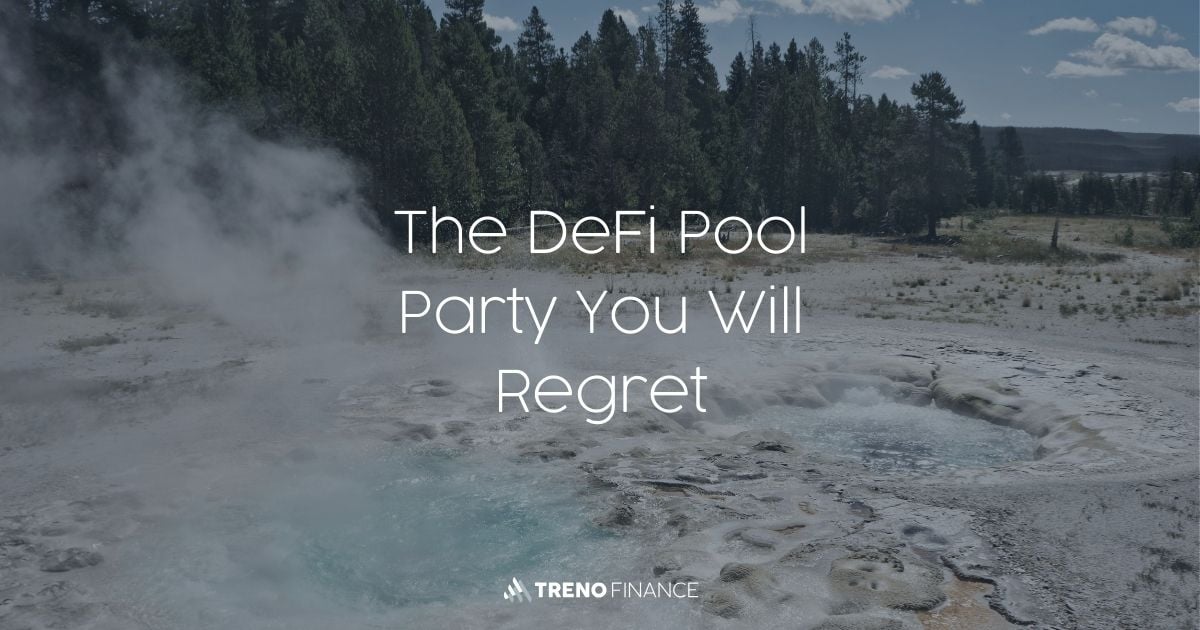The Silent Decentralization of Global Capital
The dollar is shaky, real alternatives are missing. Crypto doesn’t replace fiat but bypasses it, efficient, censorship-resistant, globally accessible. As trust erodes, capital shifts. States lose control, investors need scenarios, not ideologies.
1. The Dollar, Dominant, but Shaky
The US dollar has long been the backbone of the global financial system. It dominates energy markets, cross-border lending, and central bank reserves. Not because it's flawless, but because no viable alternative exists. At least not yet.
But cracks are showing: ballooning debt, political polarization, and weakening institutional credibility. Governments and large investors are quietly exploring exit options, not out of ideology, but out of long-term risk considerations. The dollar remains without alternative, but the “no alternative” narrative is losing its grip, and that’s enough to shift perceptions.
2. De-Dollarization, Ambition Without Infrastructure?
Geopolitical blocs like BRICS+ and individual players like China have voiced their desire to move away from the dollar. But wanting it doesn’t make it real. Why?
- The dollar has depth, with access to highly liquid markets.
- It enjoys global trust, cemented in multilateral institutions.
- Most importantly: it comes with interoperable infrastructure.
What’s missing is a credible rival offering the same combination of liquidity, stability, and governance. The yuan, ruble or even gold can’t currently compete on a global scale. For now, the world remains dollar-based, often reluctantly, but with no viable alternative.
3. Crypto, Not a Solution, but a Signal
Bitcoin, Ethereum and the like are often pitched as the anti-dollar. But they don’t fix macroeconomic problems. If anything, they introduce new ones: volatility, regulatory uncertainty, operational risk.
But they offer something different:
- Finality, trustless settlement without central intermediaries.
- Censorship resistance, critical in unstable or authoritarian regimes.
- Transparency, public auditability via blockchain.
- Global accessibility, open to anyone, regardless of geography.
Crypto doesn’t suit every balance sheet or time horizon. But it’s functional in very specific use cases: capital flight, sanctions circumvention, bilateral trade outside traditional rails, or as a system hedge. Not a replacement for fiat, but a parallel structure. And that’s why serious investors are watching.
4. What If Crypto Actually Attracts Capital?
Scenario A: Dollar Confidence Breaks
- US debt is no longer seen as manageable, but structurally unsustainable.
- Large investors seek long-term protection, and without better alternatives, allocate to BTC, ETH, or tokenized Treasuries.
- Smaller, politically neutral central banks begin diversifying reserve strategies.
Result: Fiat remains transactional, but no longer a reliable store of value. Monetary fragmentation sets in.
Scenario B: Crypto Becomes Institutional Plumbing
- Corporates hold part of their treasury in stablecoins or tokenized RWAs.
- Ethereum-based rails handle secondary market settlement for illiquid assets.
- Commodity firms and family offices opt for permissionless rails as geopolitical frictions undermine trust in traditional channels.
Result: Crypto doesn’t grow on hype, but on infrastructure performance. Especially in a world where confidence in traditional systems weakens.
5. What It Means for States
When a monetary hegemon loses trust, it also loses tools:
- Interest rate policy weakens when capital moves offshore.
- Sanction leverage erodes if settlement shifts to systems beyond state control.
- Tax bases become blurred as capital and income flows vanish into smart contracts and stablecoin rails.
Governments respond in different ways:
- China doubles down on control (e-CNY + full crypto blockade).
- The US remains conflicted: regulatory friction on one side, tech innovation on the other.
- Europe continues to hesitate, leaning toward regulated integration, but without strategic clarity.
6. Final Thought: Not Hype, But Not Fantasy Either
Crypto won’t replace nation-states. But it can bypass them. And that’s enough to start reshaping global financial dynamics, not through price spikes or utopian visions, but via usable, scalable, neutral infrastructure.
For professional investors, that means:
- Modeling scenarios, not making binary bets.
- Allocating exposure wisely, with systemic risk in mind, not just market cycles.
- Not overhyping the tech, but not dismissing it either.
Because the next shift in monetary architecture won’t come with a press release.
It’ll creep in, through settlement layers, capital flows, and regulatory blind spots.






